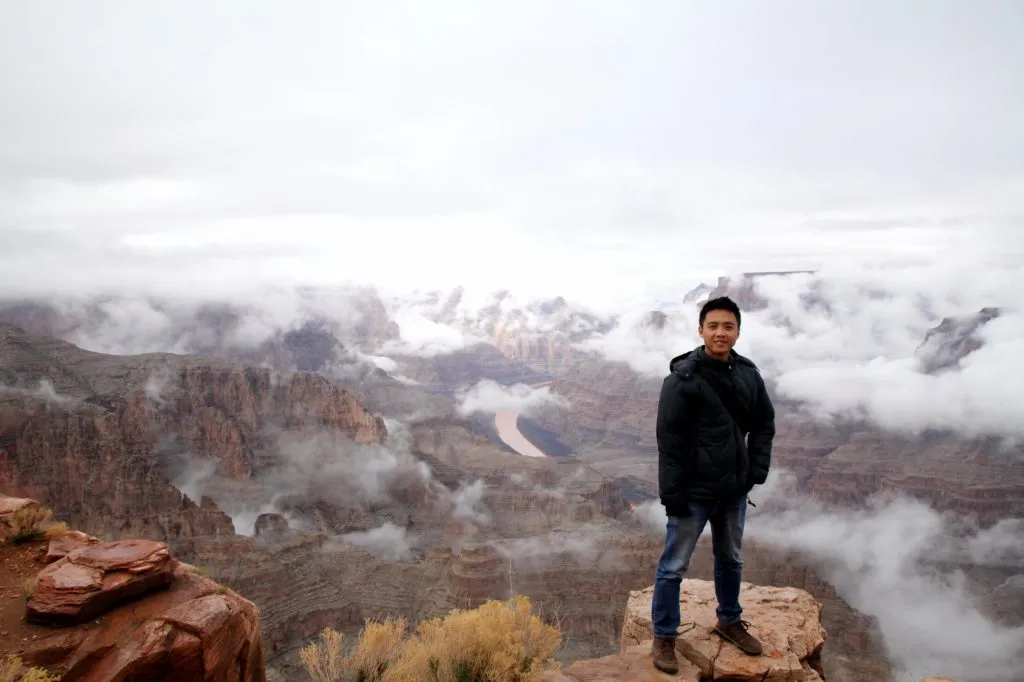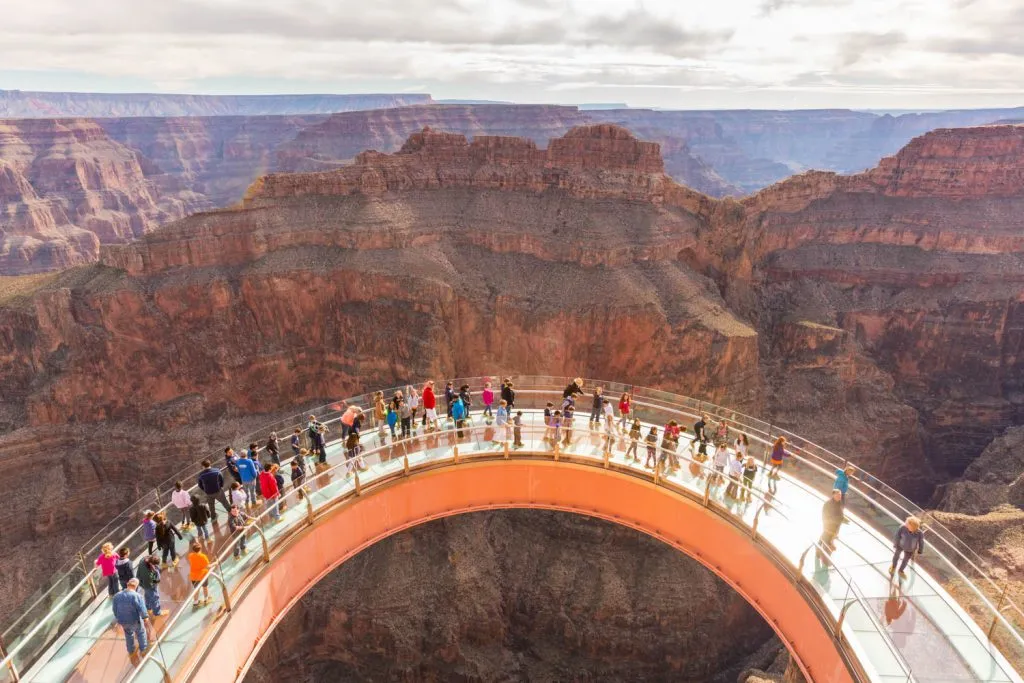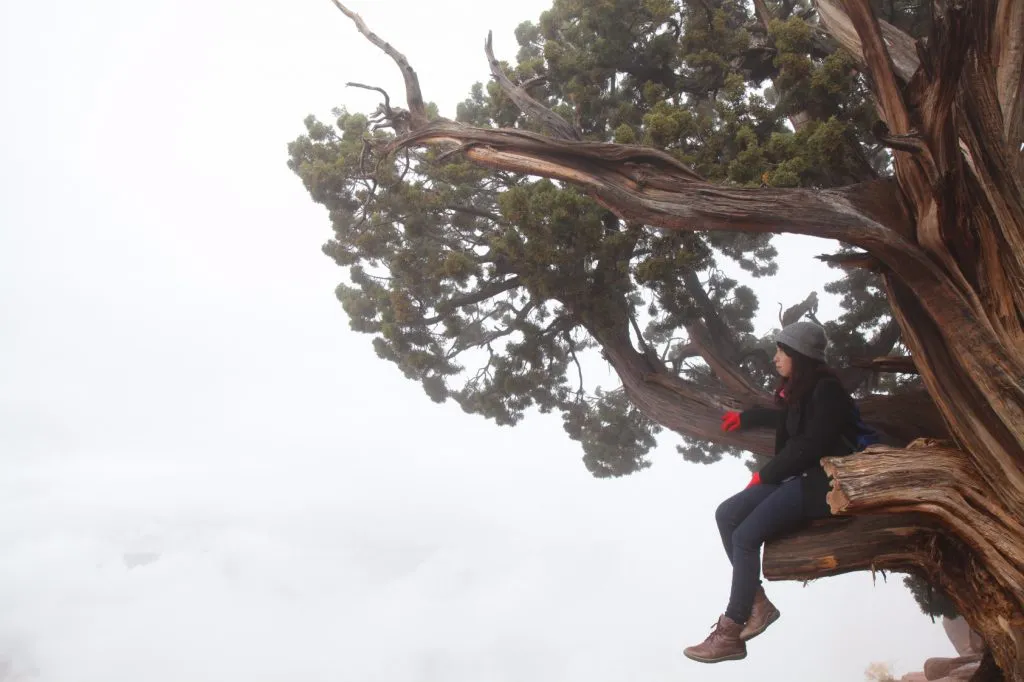Arizona, renowned for its clear and pristine night skies, is one of the best places in the world to witness the beauty of the universe. Whether you’re an astronomy enthusiast or simply looking for a unique experience, a stargazing tour in Arizona is a must-try adventure. This article shares valuable tips to help you make the most of your trip, especially when paired with a visit to the magnificent Grand Canyon.
Arizona is not only famous for the Grand Canyon but also a paradise for stargazing enthusiasts. With its high elevation, dry air, and low light pollution, this state offers exceptional conditions for night sky observation. Let’s delve into the tips and knowledge to fully experience the beauty of Arizona’s night sky while exploring its many other travel attractions.
Why is Arizona a Perfect Destination for Night Sky Stargazing?
Arizona boasts ideal natural conditions for stargazing:
- Clear Skies: The dry climate of Arizona minimizes cloud cover and fog, providing clearer views of the stars.
- High Elevation: Many areas in Arizona sit above 1,500 meters (4,900 feet) above sea level, where the thinner atmosphere results in better visibility.
- Minimal Light Pollution: Remote regions away from major cities maintain natural darkness, allowing for easier observation of faint celestial bodies.
- Geographical Location: Situated at mid-latitude, Arizona offers a view of diverse constellations throughout the year.
Top Spots for Stargazing in Arizona
In addition to the Grand Canyon, Arizona has several fantastic stargazing locations:
- Lowell Observatory (Flagstaff): Famous for the discovery of Pluto, this observatory offers professional stargazing programs and insights into the history of astronomy.
- Kitt Peak National Observatory (Tucson): One of the largest astronomical observatories globally, equipped with advanced telescopes.
- Sedona: Known for its red rock formations and spiritual energy, Sedona is also a great stargazing spot, especially during new moon nights.
- Grand Canyon National Park: The grandeur of the canyon combined with a starry night sky creates an unforgettable experience.
- State Parks: Parks such as Kartchner Caverns State Park and Lost Dutchman State Park offer night sky programs for stargazing enthusiasts.
Tips for Choosing a Stargazing Tour at the Grand Canyon
If you plan to combine Grand Canyon sightseeing with stargazing, consider the following when selecting a tour:
- Timing: Opt for tours scheduled during new moon or crescent moon nights to minimize moonlight and enhance star visibility.
- Locations: Tours are available in both the West Rim and South Rim of the Grand Canyon. South Rim tends to have less light pollution and wider views.
- Guides: Look for tours led by knowledgeable astronomy guides who can explain constellations, planets, and celestial phenomena.
- Equipment: Check if the tour provides telescopes or binoculars. If not, consider bringing your own.
- Weather: Check the weather forecast to ensure favorable conditions, and dress warmly as nighttime temperatures at the Grand Canyon can drop significantly.

How to Prepare for a Successful Stargazing Tour
To ensure a memorable stargazing experience, prepare the following essentials:
- Warm Clothing: Night temperatures in Arizona, especially in high elevations like the Grand Canyon, can get chilly. Pack jackets, hats, gloves, and scarves.
- Comfortable Shoes: Expect to walk, so wear comfortable and sturdy footwear.
- Telescope or Binoculars: Bring your own if the tour doesn’t provide these tools for better celestial observation.
- Red Flashlight: White light can disrupt your night vision. Use a red flashlight to protect your eyes in the dark.
- Star Map or Astronomy App: Helps identify constellations and planets in the night sky.
- Snacks and Water: Ensure you have enough energy and hydration for the evening.
- Camera: If you want to capture the night sky, bring a camera capable of long exposure and a tripod.
Activities to Combine with Grand Canyon Sightseeing
Besides stargazing, enrich your Grand Canyon visit with these exciting activities:
- Hiking: The Grand Canyon offers numerous trails suitable for various fitness levels. Choose one and immerse yourself in the canyon’s majestic beauty.
- Helicopter Tours: Witness the Grand Canyon from above for a breathtaking experience.
- Mule Rides: Explore the canyon in a unique and traditional way.
- Visit Hualapai Ranch: Dive into the Western cowboy lifestyle.
- Skywalk: Test your courage by walking on this glass bridge suspended over the canyon.

Important Notes for Stargazing
To ensure environmental preservation and personal safety, follow these guidelines:
- No Littering: Keep the area clean and take all your trash with you.
- Maintain Silence: Respect the tranquility of nature and other visitors.
- Avoid Getting Lost: Always stick to marked trails and inform someone about your plans.
- Be Mindful of Wildlife: Do not feed wild animals and maintain a safe distance.
- Follow Park Rules: Understand and adhere to all park regulations.
Suggested Itinerary for a Stargazing Trip at the Grand Canyon
Here is a suggested 2-day, 1-night itinerary combining Grand Canyon sightseeing and stargazing:
- Day 1:
- Morning: Arrive at Grand Canyon National Park and visit highlights like Mather Point, Yavapai Point, and Grandview Point.
- Afternoon: Go hiking along a trail suited to your fitness level.
- Evening: Join a stargazing tour.
- Day 2:
- Morning: Visit Hualapai Ranch or take the Skywalk.
- Afternoon: Enjoy a helicopter tour of the Grand Canyon.
- Evening: Travel back home.

Conclusion
Participating in a stargazing tour in Arizona, especially at the Grand Canyon, is an incredible experience combining the awe-inspiring beauty of nature with the wonders of the cosmos. With proper preparation and consideration of essential tips, you can enjoy a seamless and unforgettable journey under Arizona’s night sky. Explore other stargazing spots in Arizona for a diverse and enriching adventure. Start planning your trip today and be ready to be amazed by the universe’s splendor!